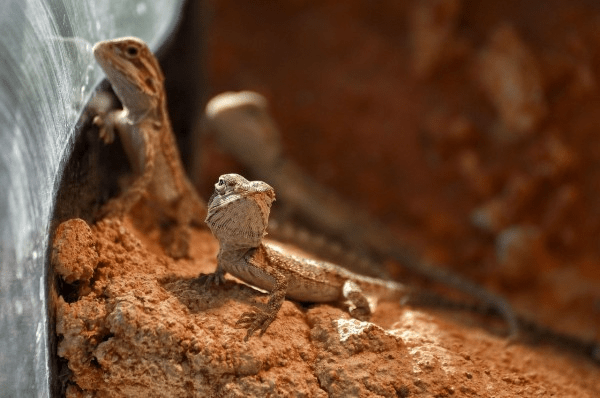Researchers Identify Gaps in Global Wildlife Trade Data
Meredith Gore and colleagues reviewed two decades of fish and wildlife import records and found oversight failures that put biodiversity at risk
A shipment of exotic reptiles labeled as “wild” recently arrived in the United States from a European exporter. But there’s a catch: the species aren’t native to Europe.
According to a new Current Biology paper co-authored by Department of Geographical Sciences Professor Meredith Gore, cases like this one are not isolated; there are deep flaws in how global wildlife trade is tracked, reported and enforced, raising concerns about potential species laundering and enforcement shortfalls.
"Given the massive scale of the global wildlife trade, consistency and quality of monitoring data—which often relies solely on information reported by exporters and importers—can become a major issue,” said Gore.
The paper’s findings center on this gap in accuracy, which co-author Evan Eskew, a data scientist at the University of Idaho, explains may stem from species being misidentified, whether by mistake or deliberately to disguise illegal species laundering.
“Alternatively, the wildlife sourcing information could be incorrect,” he added. “Accurate data on wildlife sourcing is vital to ensure that the wildlife trade operates sustainably and in accordance with international trade agreements.”
Along with Eskew and Gore, an international research team analyzed over two decades of U.S. wildlife import records to shed light on a complex and largely opaque trade network that contributes significantly to biodiversity loss. The researchers reviewed detailed import records from the U.S. Fish and Wildlife Service’s Law Enforcement Management Information System (LEMIS), one of the most comprehensive public datasets on legal wildlife trade.

Figure 2. Map showing the routes of wildlife traded into the US, listed as wild sourced, and residency of species in trade belonging to the four vertebrate groups and arachnids. Courtesy of Gore.
While LEMIS covers only U.S. trade, the country is among the world’s largest wildlife markets by both volume and value. Between 2000 and 2022, the U.S. imported over 21,000 species—nearly half of them reported as wild-caught, including hundreds listed as threatened or endangered. The researchers found notable discrepancies in origin reporting: countries such as Germany and Canada exported high volumes of species labeled “wild,” even though those species are not native to their territories. These patterns suggest weaknesses in data verification and trade documentation.
The researchers also identified a challenge with distinguishing accidental errors from deliberate falsifications in trade data. Senior author Alice Hughes, professor at the University of Melbourne, explained that there is evidence of misinformation—accidental errors needing better detection systems—and likely disinformation, or deliberate false information that may hide illegal trade.
“Yet differentiating these is impossible without further work to automatically assess accuracy of data input,” she said, adding, “We should also note that no other country or region has a comparable system that openly provides such data, meaning our understanding of the global trade’s scale and impact is just the tip of the iceberg.”
The researchers also call attention to a deeper global challenge: few countries maintain species-level monitoring systems like LEMIS, leaving conservation officials without the information needed to enforce international agreements or evaluate trade sustainability.
As a result, the researchers call for expanding standardized tracking systems, improving data quality and strengthening enforcement mechanisms. Without coordinated international reforms, they warn, legal wildlife trade will continue to endanger vulnerable species, often before any conservation protections are in place.
This work was conducted in collaboration with researchers from universities and research institutions across the United States, Europe, South America and Australia, including the University of Glasgow, University of Lisbon, University of Adelaide, University of Turku and others.
“Mapping the global dimensions of US wildlife imports.” Benjamin M. Marshall, Colin T. Strine, Meredith L. Gore , Evan A. Eskew, Oliver C. Stringham, Pedro Cardoso, Sebastian Chekunov, Freyja Watters, Caroline Fukushima, Pablo García-Díaz, James S. Sinclair, Michael F. Tlusty, Ryan J. Almeida, Jose W. Valdez, Alice C. Hughes. Current Biology. July 28, 2025. https://doi.org/10.1016/j.cub.2025.07.012
Main image: Baby bearded dragons by Onkel Ramirez from Pixabay
Published on Thu, 08/14/2025 - 12:43


